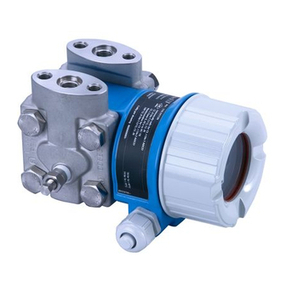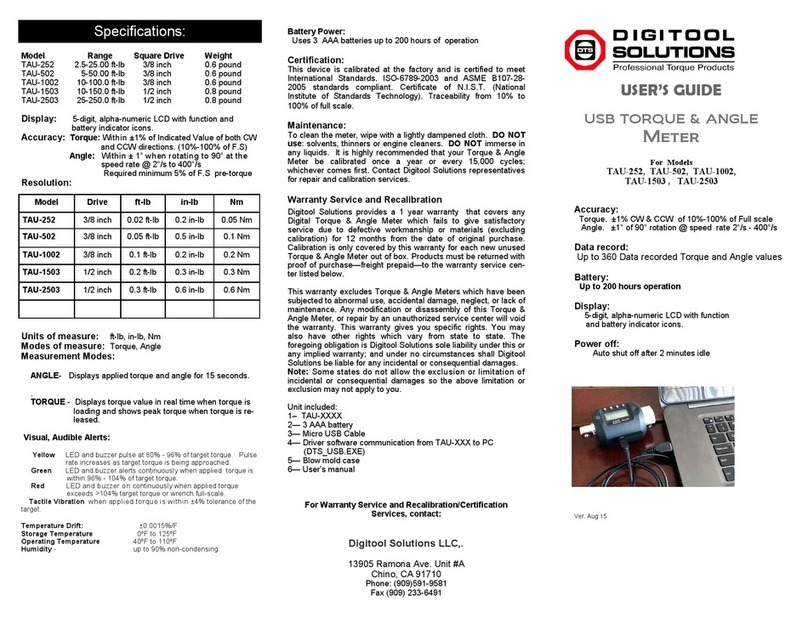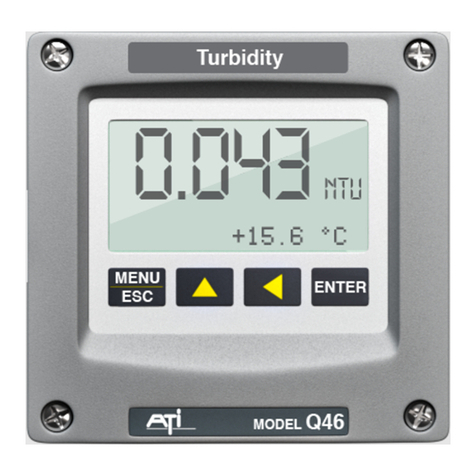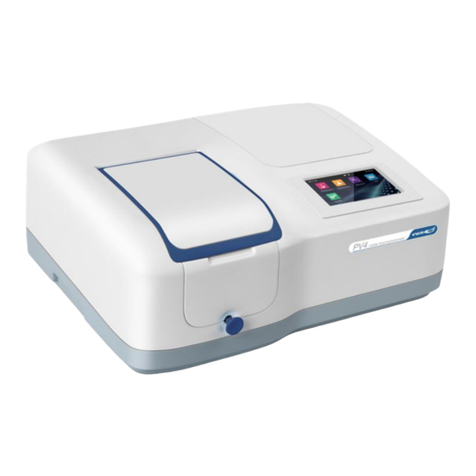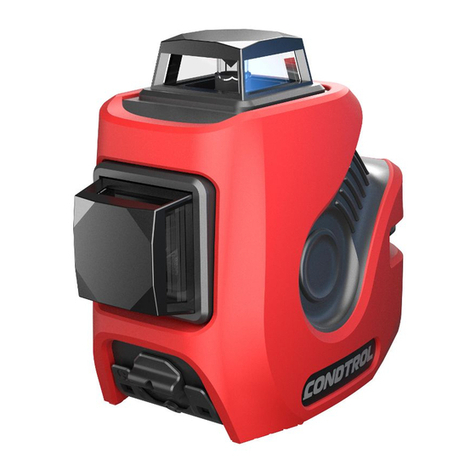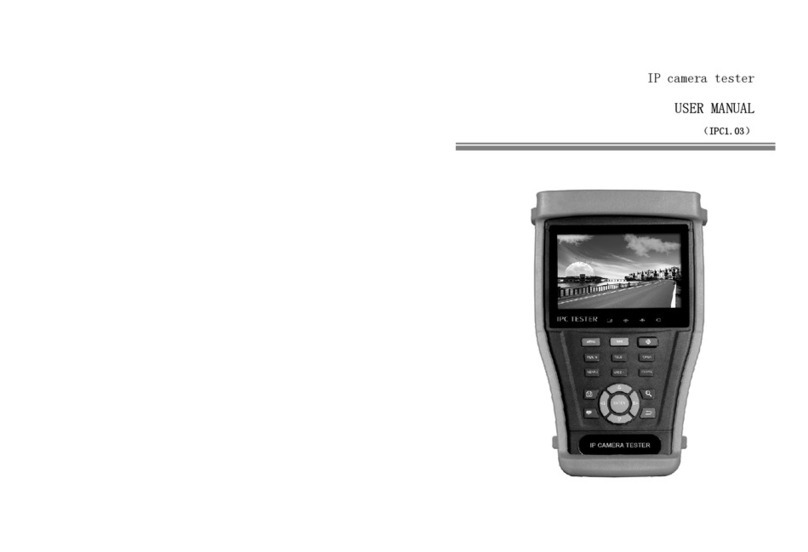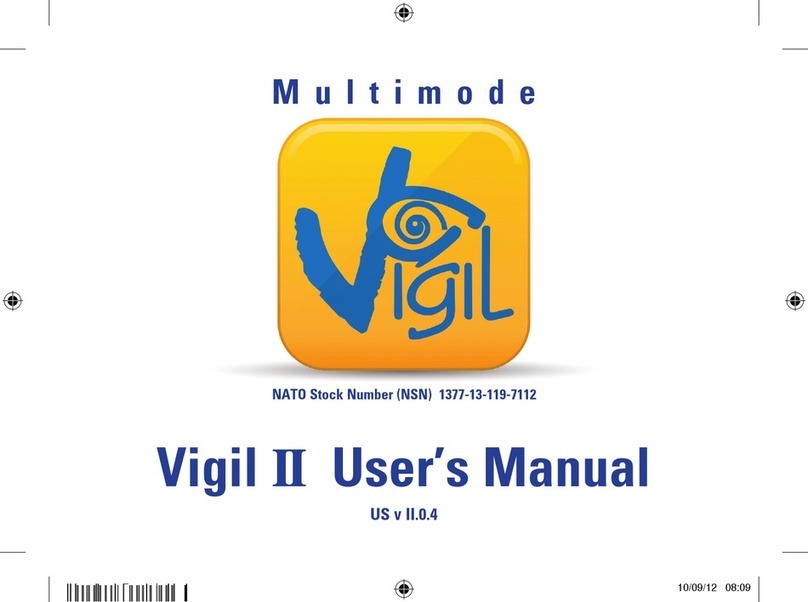BERTHOLD TECHNOLOGIES LB 567 User manual




















Other BERTHOLD TECHNOLOGIES Measuring Instrument manuals
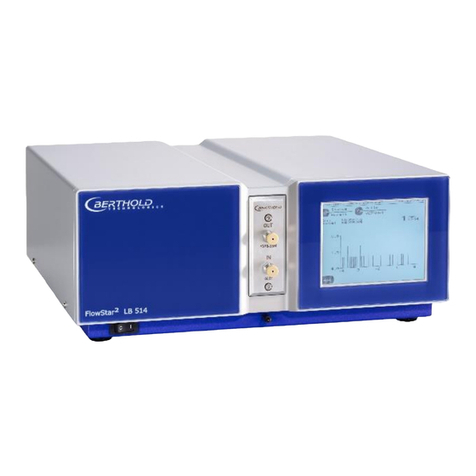
BERTHOLD TECHNOLOGIES
BERTHOLD TECHNOLOGIES FlowStar2 LB 514 User manual

BERTHOLD TECHNOLOGIES
BERTHOLD TECHNOLOGIES LB 444 User manual

BERTHOLD TECHNOLOGIES
BERTHOLD TECHNOLOGIES LB 379 User manual

BERTHOLD TECHNOLOGIES
BERTHOLD TECHNOLOGIES LB 480 User manual
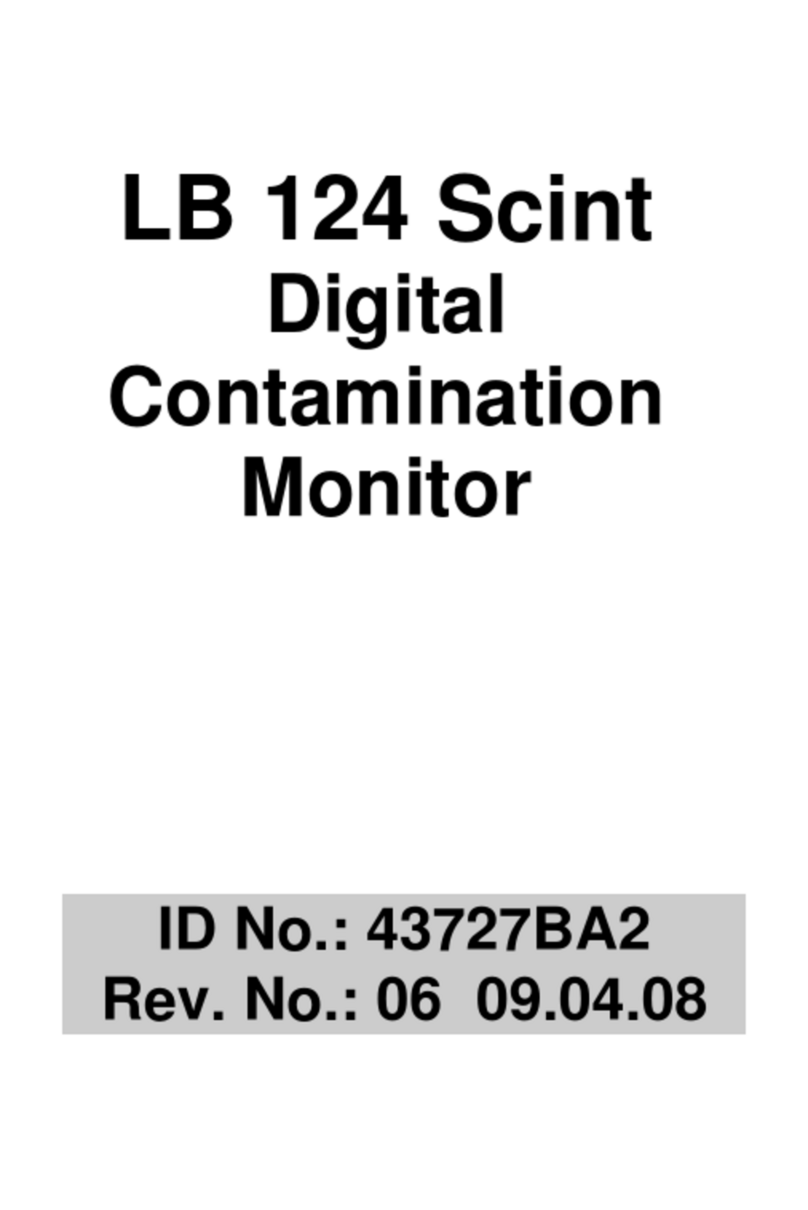
BERTHOLD TECHNOLOGIES
BERTHOLD TECHNOLOGIES LB 124 Scint Series User manual

BERTHOLD TECHNOLOGIES
BERTHOLD TECHNOLOGIES Junior LB 9509 User manual
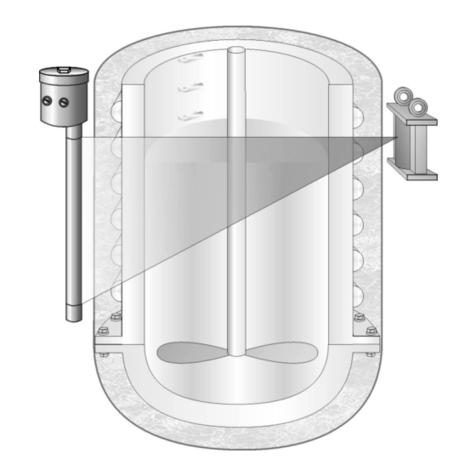
BERTHOLD TECHNOLOGIES
BERTHOLD TECHNOLOGIES Uni-Probe LB 490 User manual
Popular Measuring Instrument manuals by other brands

Weidmüller
Weidmüller PRO COM DISPLAY 7S operating manual

Haglof
Haglof Vertex 5 quick guide
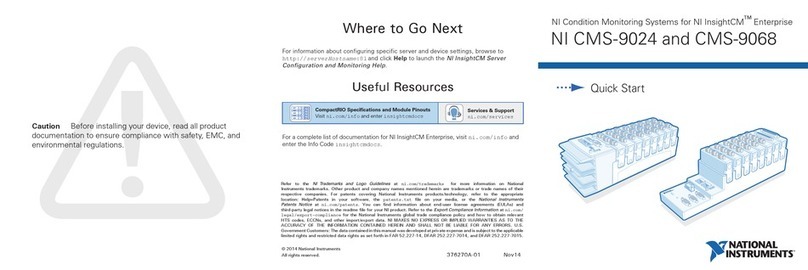
National Instruments
National Instruments CMS-9024 quick start

Endress+Hauser
Endress+Hauser Proline Prosonic Flow B 200 operating instructions

Vision & Control
Vision & Control TOB42/11.0-185-F10-WN Instructions for use
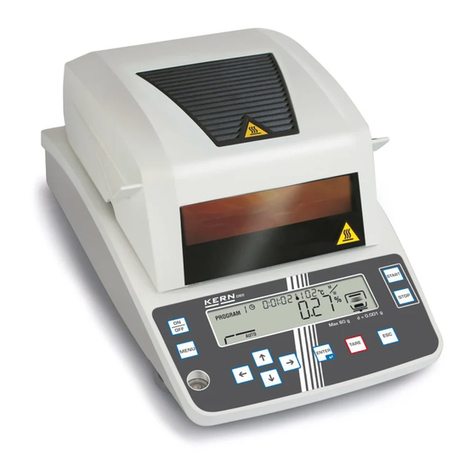
KERN
KERN DBS 60-3 operating instructions
